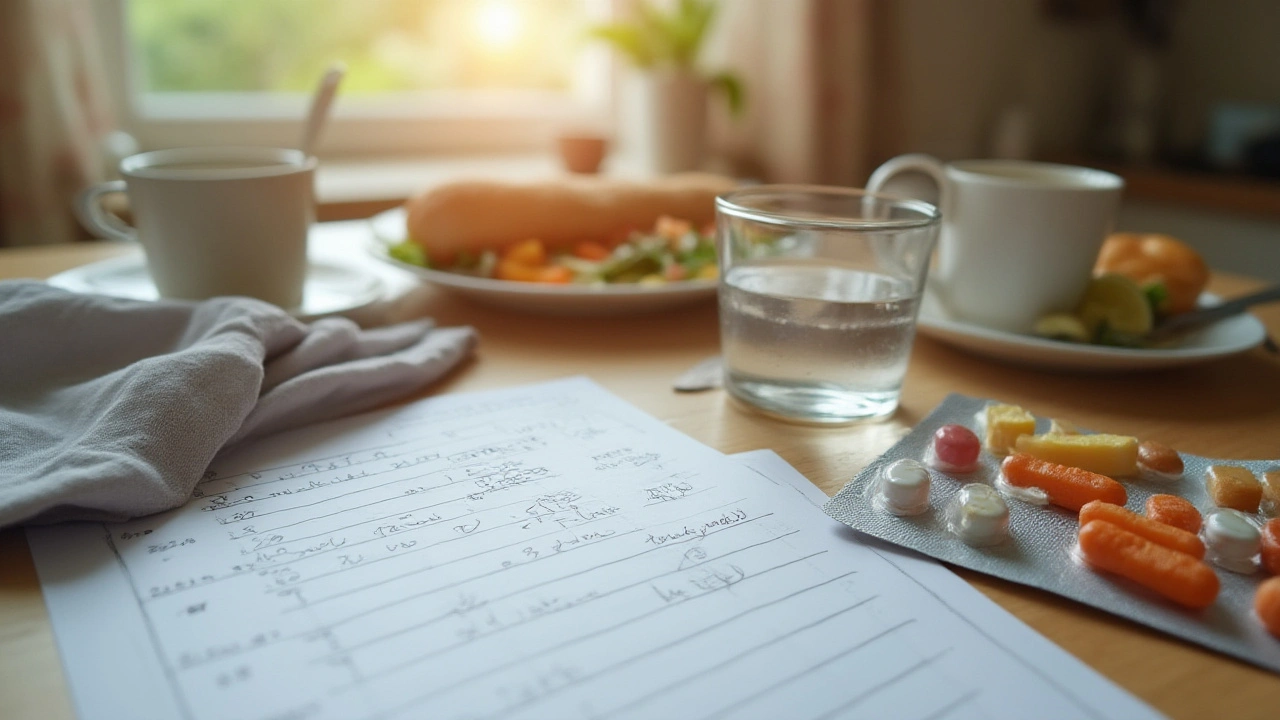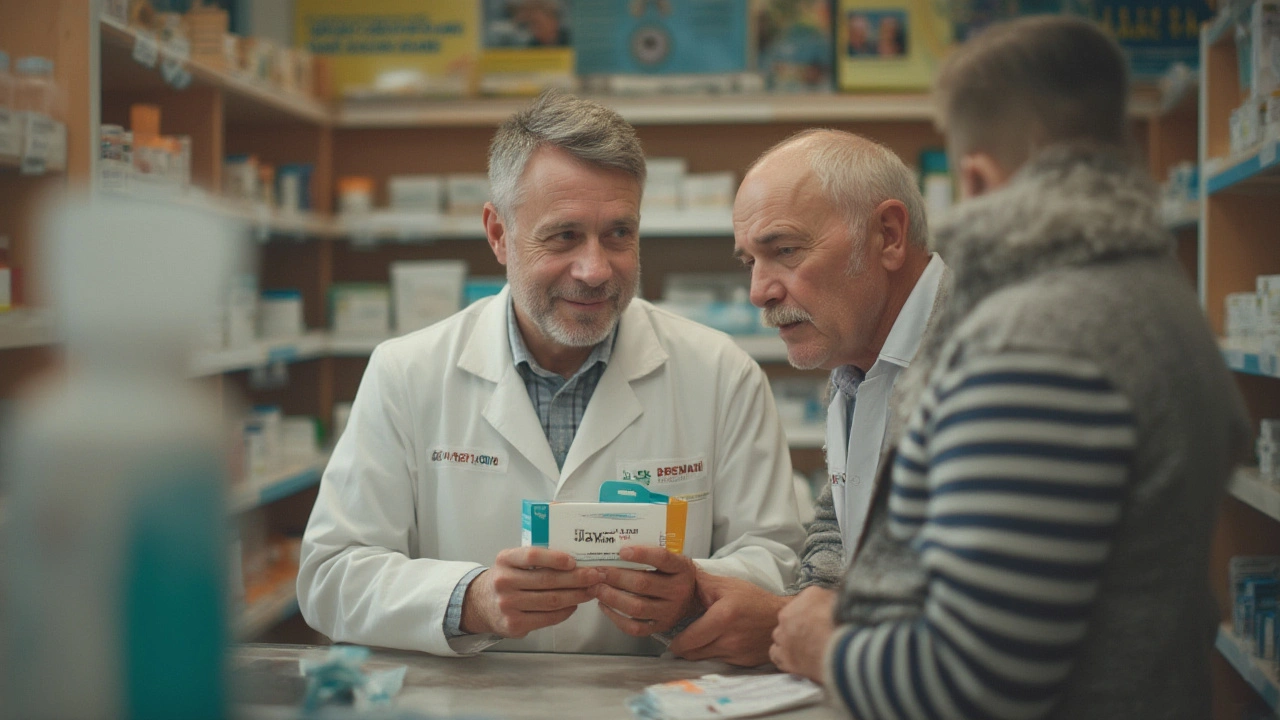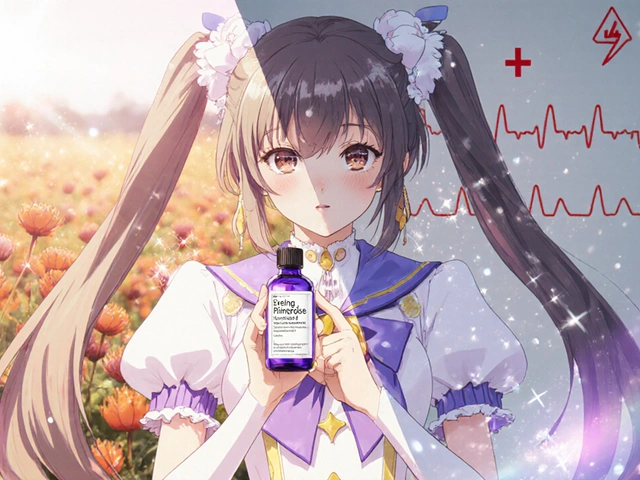If you’ve ever had one of those sinus infections where your face hurts so much it feels like your skull’s trying to escape, there’s a decent chance your doctor might have mentioned Biaxin. Doctors reach for this antibiotic when they want something a little more tailored than basic penicillin. It’s been a favorite in the prescription pad since the 1990s, especially for sniffles that turn ugly and refuse to go away or chest infections that just won’t quit. But Biaxin isn’t just an everyday pill—there’s a lot going on behind that tiny tablet.
What Exactly Is Biaxin and Why Do Doctors Prescribe It?
Let’s pull back the curtain. Biaxin is the brand name for clarithromycin, a macrolide antibiotic. Unlike those heavy-hitter antibiotics aimed at everything in sight, this one has a more tactical mission: go after specific bacteria causing infections, mostly in the lungs, throat, ears, and skin. It’s the go-to for conditions like bronchitis, pneumonia, strep throat (when penicillin can’t be used), and that sinus pain from hell. Doctors also reach for Biaxin when battling some unusual bugs, like Mycobacterium avium complex (MAC) in people with weakened immune systems, or in combination therapies to help clear up Helicobacter pylori—yes, the little pest that gives you stomach ulcers.
Here’s a weird but true fact: Biaxin tastes awful in liquid form. Like, memorably bad. Stories about kids refusing their medicine aren’t urban legends. Some clinics started mixing it with chocolate syrup or apple juice to make it bearable. The tablet version is thankfully tasteless—until it lands in your stomach, where it can cause a metallic or bitter aftertaste that sticks around. If you’re super sensitive to weird tastes, you’ve been warned.
You might wonder where it fits in compared to other antibiotics. The big thing is its ability to target bacteria that standard meds miss, especially people allergic to penicillin. It’s also used for community-acquired pneumonia, which is just a fancy way to say pneumonia you didn’t get from a hospital. Here’s a table for easy reference if you’re curious how Biaxin stacks up in its antibiotic family:
| Antibiotic | Main Uses | Covers Atypical Bacteria? | Common Side Effects |
|---|---|---|---|
| Penicillin | Throat, dental, skin infections | No | Rash, diarrhea |
| Amoxicillin | Respiratory, ear, UTI, dental | No | Nausea, yeast infections |
| Biaxin | Respiratory, sinus, stomach ulcers, MAC | Yes | Taste changes, stomach upset |
| Azithromycin | Respiratory, STI, skin, ear | Yes | Stomach upset, diarrhea |
There’s a reason Biaxin isn’t handed out like Halloween candy: overuse of antibiotics lets bacteria evolve defense moves, and resistant bugs are no joke. In the US, clarithromycin prescriptions peaked in the early 2000s, but resistance patterns have made many doctors rethink when to pull the trigger. As of 2024, the CDC still says Biaxin is useful for certain infections, but only if labs confirm the bug will respond—or if there’s no better choice.
Not every infection needs Biaxin. Common colds, viral sore throats, most cases of mild bronchitis—these go away on their own. Taking Biaxin (or any antibiotic) for a virus just fuels resistance and might leave you dealing with unnecessary side effects instead of getting better any faster. A good tip: always ask your doc if they’re sure it’s a bacterial infection. If they pause or say “just in case,” probe a little more.

How to Take Biaxin Safely: Dosage, Precautions, and What to Expect
Now, if your doctor hands you a prescription for Biaxin, you’ll usually get one of three forms: a regular tablet, an extended-release tablet, or a syrup. Adults tend to get 250mg or 500mg tablets, typically taken every 12 hours. The extended-release version is taken once a day. For stomach ulcer treatment, you might be told to take it with amoxicillin and a proton-pump inhibitor (like omeprazole) for up to 14 days. Kids and people with kidney or liver problems might start at lower doses or get special instructions.
Don’t go rogue with the instructions. Finish every last pill in your bottle, even if you feel like a million bucks after three days. Stopping early lets sneaky bacteria survive and could come back nastier. Miss a dose? Don’t double up. Just take it as soon as you remember, or skip it if it’s nearly time for your next pill. Biaxin can be taken with or without food, but food makes it easier on your stomach and actually helps absorb the extended-release form better.
Antacids can mess with how your body absorbs this drug. So, avoid taking antacids at the same time you pop your Biaxin pill; space them out by at least two hours. Grapefruit juice is another troublemaker—it can supercharge the level of medicine in your blood, raising your odds of side effects. Stick to water, tea, or coffee if you want to play it safe.
Here’s a straightforward checklist:
- Stick to the dosing schedule, don’t improvise.
- Take with food if it upsets your stomach.
- Avoid grapefruit and grapefruit juice.
- Finish the entire course, not just until you feel better.
- Talk to your doc before taking anything else—herbal meds, over-the-counters, whatever.
Drug interactions get wild with Biaxin. Clarithromycin can play badly with cholesterol meds (like simvastatin or lovastatin), some heart rhythm meds, warfarin, carbamazepine for seizures, and even certain migraine and anxiety drugs. If you’re a pharmacy regular or have an impressive pill sorter at home, run your whole list by your healthcare provider. And, a public service announcement: don’t share your antibiotics—your friend’s ear infection isn’t the same as your bronchitis, and the wrong drug can really screw things up.
Did you know Biaxin can mess with certain blood lab results? It can cause false positives in urine tests for cocaine. Yes—cocaine. You might want to warn your doctor if such tests are on the horizon.
Sometimes people (myself included once after two days of Biaxin for bronchitis) notice a weird, metallic taste in their mouth. It’s normal and fades once you’re done. Nausea and mild diarrhea are common, too. If you break out in a rash, your pee turns dark, eyes yellow, or you notice pounding heartbeats, call your doctor fast. These are red flags for serious reactions—like liver issues or a dangerous allergic response.
Biaxin gets processed by your liver and kidneys. Folks with chronic kidney disease or liver problems need adjusted doses, or sometimes another antibiotic. Your doctor should run tests if you have any history of those problems before prescribing Biaxin.
If you’re pregnant or breastfeeding, bring it up. While Biaxin isn’t proven to cause defects, there’s not enough research to guarantee it’s safe for the baby. Most docs play it safe and pick something else unless you have no better options.

Biaxin Side Effects, Proven Fast-Acting Results, and Useful Tips for Patients
Let’s talk about side effects, but without making you paranoid. Most people breeze through a 7- to 14-day course of Biaxin with nothing but a weird taste in their mouth or mild stomach grumbles. Stomach issues are the classic—nausea, loose stools, or mild pain. Taking it with a meal helps. Some people get headaches or feel dizzy for a few hours after their dose; if you’re prone to car sickness, heads up. While rare, some users have shown sensitivity to light—like you’re on a vampire diet, sunglasses inside and everything.
Here are the stats: about 15–20% of adults on Biaxin report some stomach-related side effect, and roughly 5% have to stop the medicine early. Allergic reactions—itching, rash, swelling—are rare but serious. A 2023 UK survey showed fewer than 2 in 1,000 people had a true allergy to clarithromycin. If your face or tongue swells, or you have trouble breathing, it’s ER time, no debate.
This antibiotic works fast. Most people feel noticeably better within 48–72 hours. If you’re three or four days in and still battling fever or pain, check in with your doctor—there’s a chance the bacteria is resistant or you’re dealing with something unbothered by antibiotics (like a virus or allergy problem). Don’t wait until you’ve run out of pills to speak up. Early is better.
One thing people don’t realize: Biaxin and other antibiotics haven’t been proven to help with COVID-19 or the flu. Don’t push to get it for viral infections unless your doctor strictly says yes because your case is complicated by a bacterial superinfection.
After the course is done, pay attention to your gut. Broad spectrum antibiotics like Biaxin knock out friendly gut bacteria along with the bad guys, and for some, this can trigger a yeast infection (think: oral thrush or women’s vaginal yeast infections). Eating some yogurt or taking a probiotic during and after your course might help things bounce back faster. Watch out for diarrhea that doesn’t quit or smells especially bad—this could be a sign of a rare but nasty infection called C. difficile, which deserves quick medical attention.
Storing Biaxin is straightforward: tablets like it dry and at room temp, away from sunlight. Liquid should be kept in the fridge, but don’t freeze it. Chuck any leftovers as soon as you’re done—reusing old antibiotics is like playing bacteria roulette, and you want no part of that game.
If you like numbers, here’s an easy table with stats pulled from recent clinical reports:
| Side Effect | Percentage of Users |
|---|---|
| Nausea | ~12% |
| Metallic Taste | ~15% |
| Diarrhea | ~10% |
| Allergic Reaction | <1% |
| Liver Issues | <0.5% |
For people worried about antibiotics in general: if you ever notice your symptoms disappearing and then crashing back worse right after finishing Biaxin, or you develop a sunburn easily, reach out to your doc. It’s rare, but some bacteria adapt quickly or the medicine triggers a rare immune reaction.
Quick-fire tips for anyone prescribed Biaxin:
- Stay hydrated—water helps flush the medicine and keeps your mouth from drying out.
- If your mouth tastes like you licked a battery, chewing sugar-free gum can help.
- Keep the medicine out of the reach of kids, especially the syrup—it can be dangerous if taken accidentally.
- Don’t drink alcohol while on Biaxin; it’ll either worsen your side effects or, for some, make you feel drunk faster.
- Let your doctor or dentist know you’re on Biaxin before procedures or new prescriptions.
Biaxin still earns its spot on pharmacy shelves because it does what it says: it clears up stubborn infections fast, especially when other antibiotics would just shrug. The key is to take it responsibly, pay attention to your own side effects, and keep an open line with your doctor. And when the metallic taste hits? Grab a glass of juice, remind yourself you’ll thank the medicine in a few days, and know you’re taking one of modern medicine’s best tools for fighting bacterial invaders.






Rajesh Kumar Batham
July 1, 2025 at 16:50
Got the Biaxin script? 👍💊